- By Austin's 1# Roofing Pros
- Guides
- 0 Comment
Proper maintenance is critical to extending your roof’s life and ensuring your home’s safety and comfort. This detailed checklist will guide homeowners through a thorough inspection process. To maintain roof integrity, perform these checks twice a year and after significant weather events.
Initial Preparation and Safety
- Safety First: Ensure you have a sturdy ladder, safety harness, and non-slip shoes. Never do roof work alone.
- Tools and Equipment: Prepare a clipboard, flashlight, binoculars, gloves, and a digital camera or smartphone for pictures.
- Initial Observation: From the ground, use binoculars to get a general overview of the roof’s condition. Look for uneven or sagging areas.
Exterior Roof Inspection
- Shingles and Tiles:
- Check for broken, missing, or curling shingles/tiles.
- Look for signs of wear, such as cracks or blistering.
- Notice any pattern of shingle granules in gutters, indicating wear.
- Metal Roofs:
- Look for rust, corrosion, or dents.
- Check the security of seams and joints.
- Inspect for loose or damaged panels.
- Flat Roofs:
- Check for pooling water or blocked drainage.
- Inspect the surface for punctures, blisters, or tears.
- Look for loose flashing or membrane issues.
Roof Features and Penetrations
- Flashing Around Roof Features:
- Inspect flashing around chimneys, vents, skylights, and other penetrations for rust, cracks, or gaps.
- Check for loose or missing caulking and sealing.
- Gutters and Downspouts:
- Ensure they are securely attached and free of debris.
- Check for rust, leaks, and proper alignment with the roof edge.
- Vents:
- Verify that all vents are clear of obstructions.
- Check for signs of animal nests or debris.
Checking the Roof Surface
- Surface Wear and Tear:
- Look for uneven surfaces, loose granules, or bare spots for shingled areas.
- Check for cracks, wear on the surface coating, or blistering on flat roofs.
- Look for cracks or chips in tile roofs and ensure tiles are not slipping from their positions.
- Drainage Systems:
- Inspect any built-in drainage systems on flat roofs for blockages or debris.
- Ensure water is effectively channeled away from the roof surface.
Structural Components
- Inspect the Roof’s Structure:
- Look for sagging or deformity in the roof structure.
- Check rafters and trusses in the attic for signs of stress or bending.
- Inspect for water damage or rot in structural components.
Interior Inspection
- Attic Inspection:
- Check the underside of the roof for signs of water intrusion, like dark spots or trails.
- Ensure attic ventilation is unobstructed for proper airflow.
- Inspect insulation for dampness or deterioration.
- Ceilings and Walls:
- Look for water stains or discoloration on ceilings and walls inside the house.
- Check for any signs of mold or mildew, which indicate moisture problems.
Seasonal and Specific Weather Preparations
- Pre-Winter Checks:
- Ensure your roof is clear of debris, which can lead to ice dams.
- Check for any damage worsened by heavy snow or freezing temperatures.
- Post-Storm Assessment:
- After severe weather events, inspect for storm-related damage like uplifted shingles or impact damage from debris.
- Look for signs of water penetration, especially around chimneys and vents.
Safety and Documentation
- Maintain Safety Precautions:
- Always prioritize safety. If the roof is steep or inspection requires complex maneuvers, consider hiring a professional.
- Use a harness when working on a high or steep roof.
- Document Findings:
- Record your inspection findings, noting any areas of concern or needed repairs.
- Take photos of any damage or wear for reference, which is especially useful for insurance claims or future inspections.
Conclusion:
This comprehensive checklist guides homeowners through a detailed roof inspection. Regular maintenance is crucial, but it’s important to remember that professionals should only perform some inspections and repairs. If you identify any significant issues or feel uncertain about your roof’s condition, contact Austin Roofing Company for a thorough professional inspection and expert advice.
For expert roofing services and inspections, contact Austin Roofing Company – your trusted roofing partner in Texas.

